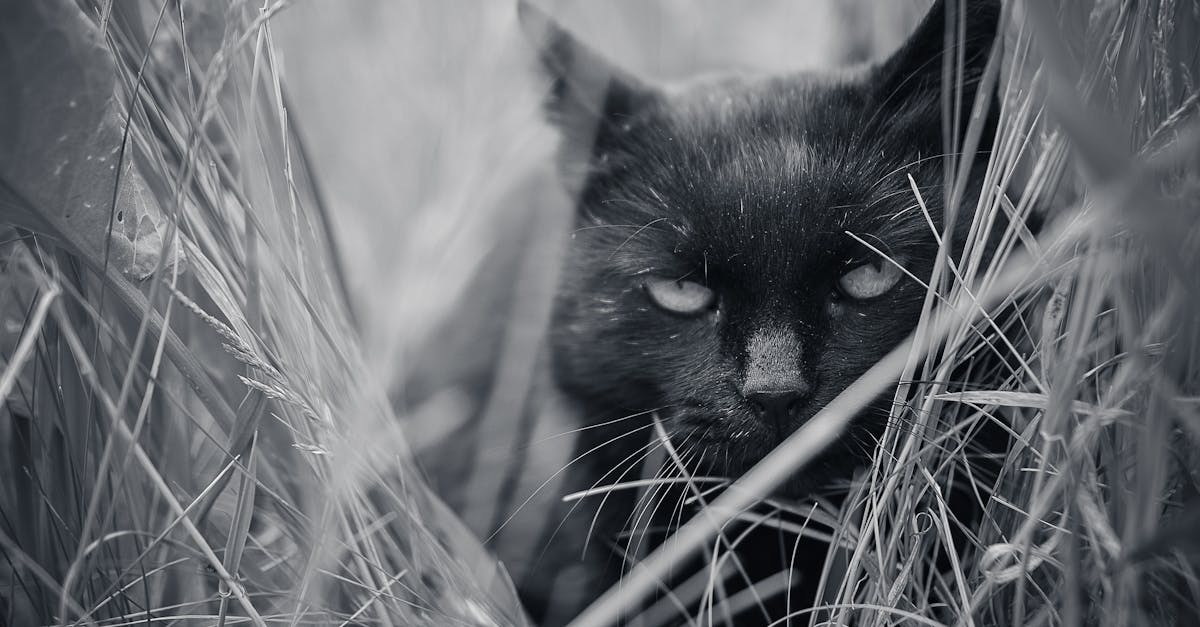Cats are delightful companions, bringing joy, comfort, and a sense of warmth to countless households. However, their playful nature and sharp claws can sometimes lead to unexpected scratches. These scratches, while often minor, can sometimes cause significant discomfort or even infections. In this blog post, we will explore the best ways to protect yourself from cat scratches, ensuring a harmonious and safe coexistence with your feline friends.
The Unexpected Consequences of Cat Scratches
Interestingly enough, cat scratches can lead to more than just a momentary sting. Studies show that cat scratches can introduce bacteria like Bartonella henselae, the culprit behind Cat Scratch Disease (CSD). This bacterial infection can cause swollen lymph nodes, fever, and fatigue. I, for example, have seen firsthand how a seemingly innocent scratch can escalate into a more serious health concern.
Understanding the Behavior Behind Cat Scratches
As someone who has lived with cats for years, I’ve learned that understanding feline behavior is key to preventing scratches. Cats use their claws for various reasons:
- Playfulness: Kittens and young cats often scratch during play.
- Defense: Cats may scratch if they feel threatened or scared.
- Territorial Marking: Scratching is a way for cats to mark their territory.
Knowing why cats scratch can help you anticipate and prevent it. For instance, if a cat is scratching out of fear, creating a calm environment can reduce the likelihood of scratches.
Practical Tips for Preventing Cat Scratches
Proper Handling Techniques
One thing I’ve learned is that the way you handle a cat can significantly impact its behavior. Here are some tips for handling cats to minimize scratches:
- Support Their Body: Always support a cat’s body when picking it up. This makes them feel secure and less likely to scratch out of fear.
- Avoid Sudden Movements: Sudden movements can startle cats, leading to defensive scratching. Move slowly and calmly around your cat.
Regular Nail Trimming
Regular nail trimming is an essential practice for cat owners. A little-known fact is that keeping a cat’s nails short can reduce the severity of scratches. Here’s how to trim your cat’s nails safely:
- Use Proper Tools: Invest in a good pair of cat nail clippers.
- Get Your Cat Comfortable: Let your cat get used to the clippers by showing them and allowing them to sniff.
- Trim Gradually: Trim just the tip of the nail, avoiding the quick (the pink part inside the nail).
Providing Scratching Alternatives
Cats need to scratch, so providing them with appropriate alternatives can save your skin. I’d like to share some effective scratching alternatives:
- Scratching Posts: Place scratching posts in areas where your cat likes to scratch.
- Scratching Pads: These can be placed on the floor or attached to walls.
- Cat Trees: Multi-level cat trees offer various scratching surfaces and keep your cat entertained.
Creating a Safe Environment
Declawing: A Controversial Solution
Declawing is a topic that often sparks debate. Personally, I’ve found that declawing can lead to behavioral issues and long-term health problems for cats. Instead of declawing, consider the following alternatives:
- Soft Paws: These are vinyl nail caps that can be glued onto your cat’s claws.
- Behavioral Training: Train your cat to use scratching posts through positive reinforcement.
Recognizing Signs of Aggression
Recognizing the signs of aggression in cats can prevent scratches. The reality is that cats often give warning signs before they scratch. Look out for:
- Ears Pinned Back: Indicates fear or aggression.
- Hissing or Growling: Clear signs that your cat is feeling threatened.
- Tail Lashing: A lashing tail often signals irritation.
By recognizing these signs, you can take steps to calm your cat before a scratch occurs.
Treating Cat Scratches Effectively
Immediate First Aid
Despite best efforts, scratches can still happen. Knowing how to treat them is crucial. I can’t forget the time when a deep scratch turned into a minor infection because I didn’t treat it properly. Here’s what you should do:
- Clean the Wound: Wash the scratch with soap and water immediately.
- Apply an Antiseptic: Use an antiseptic ointment to prevent infection.
- Cover the Scratch: Use a bandage to keep the wound clean.
When to Seek Medical Attention
While most cat scratches are minor, some require medical attention. If you notice any of the following, consult a healthcare professional:
- Redness and Swelling: Persistent redness or swelling around the scratch.
- Pus or Discharge: Indicates a possible infection.
- Fever or Fatigue: Symptoms of Cat Scratch Disease.
Building a Stronger Bond with Your Cat
Positive Reinforcement Training
Training your cat using positive reinforcement can reduce scratching incidents. I’ve always thought that cats respond well to rewards. Here’s how to do it:
- Reward Good Behavior: Use treats to reward your cat for using scratching posts.
- Consistent Training: Be consistent with training sessions to reinforce good behavior.
Understanding Your Cat’s Needs
Cats, like humans, have individual needs and preferences. I’ve learned that understanding these needs can prevent scratching. For example, some cats prefer vertical scratching posts, while others like horizontal pads. Observing your cat’s behavior can provide insights into their preferences.
Final Thoughts on Preventing Cat Scratches
As I see it, preventing cat scratches is about understanding your cat’s behavior, providing appropriate alternatives, and creating a safe environment. By following the tips outlined in this post, you can enjoy a scratch-free relationship with your feline friend.
If you’re dealing with frequent scratches, consider consulting a veterinarian or a cat behaviorist. They can provide personalized advice tailored to your cat’s needs.
Let me tell you, living with cats can be a rewarding experience. With the right approach, you can minimize scratches and build a stronger bond with your furry companion. So, the next time you see those sharp claws, remember that prevention is key. 🐾
By following these guidelines, you can ensure a safer and more enjoyable relationship with your cat. If you have any tips or experiences to share, feel free to leave a comment below. Let’s dive into the conversation and learn from each other’s experiences.
















